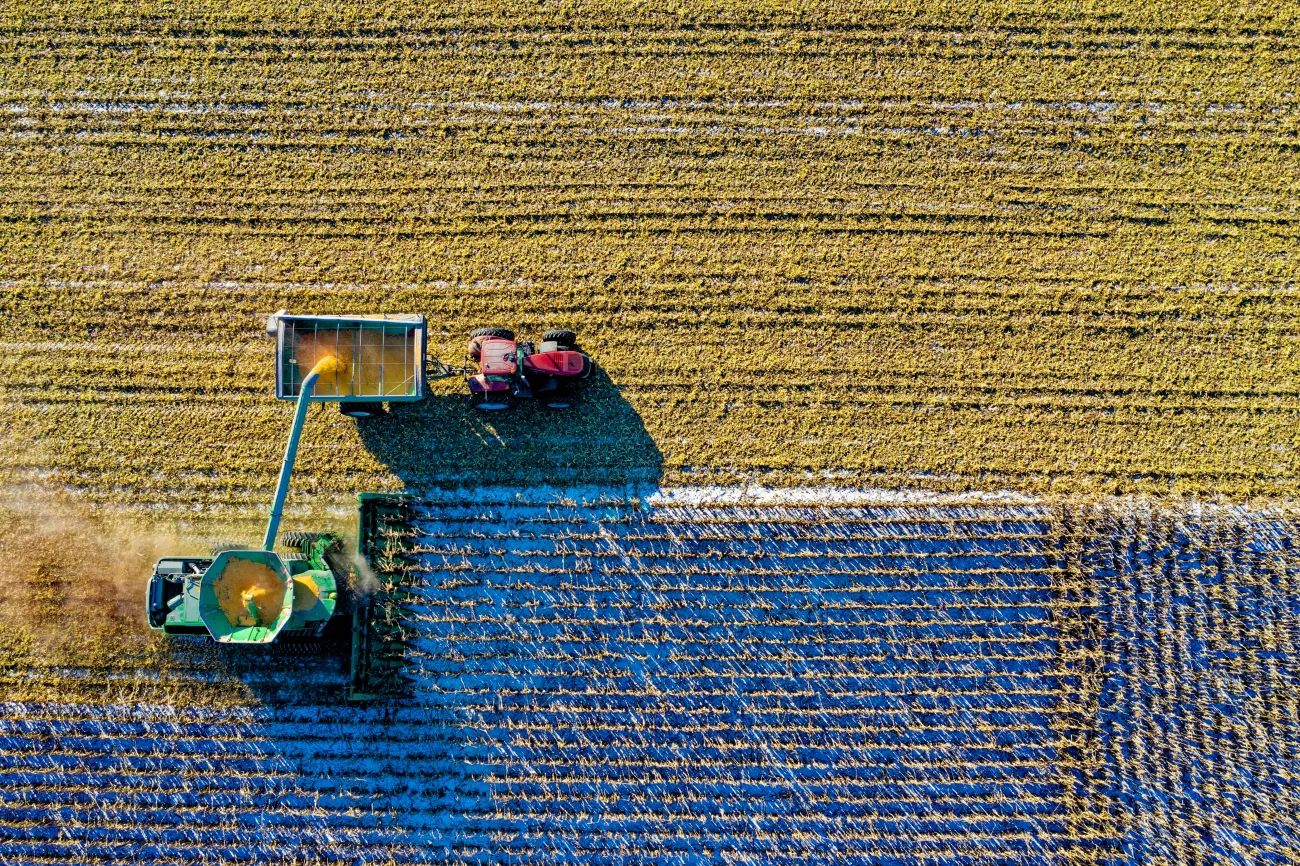This report provides an update on the fields of synthetic biology and the latest breeding techniques involving molecular biology. It sees modern techniques of creating new cultivars as a continuation of selective breeding which was started by humans around 10,000 years ago.

With the advent of genetic modification (GMO), rather than needing to wait for generations of a plant to adapt to human intentions, molecular biology techniques enabled scientists to take genetic material associated with a useful trait in one organism and insert it to another. More recently, as the cost of DNA sequencing and synthesis has plummeted, researchers are able to create entirely new sequences of DNA, allowing them to develop organisms with novel functions (for example producing fuels or pharmaceuticals). This is what is called synthetic biology.
Synthetic biology extends beyond the modification of existing cells by inserting or deleting small numbers of genes (GMO), as cells can be equipped with new functions and entire biological systems can be designed. These are large interventions into an existing genome of an organism. A few examples of the many potential applications mentioned in the report are the production of:
- Biosensors for polluted water
- Organisms that can process waste and purify water (and therefore restore damaged sites) by removing contaminants such as heavy metals and pesticides
- Biofuels produced by engineered organisms such as algae could be a more sustainable alternative to fossil fuels, as they can be farmed without using arable land
- Certain safety mechanisms lacking in traditional GMOs (involving “xeno-nucleic acids”)
- Products currently extracted from plants and animals
- Controls of disease vectors such as malaria-carrying mosquitoes
The report also names a large number of risk associated with the technology, such as:
- The escape or release of novel organisms into the environment, which could radically and detrimentally change ecosystems
- Genetically engineered microbes could have adverse effects in the environment due to their potential to persist and transfer their genetic material to other microorganisms. Genes could be transferred through horizontal or vertical gene transfer, which could lead to a loss of genetic diversity and the spread of harmful characteristics.
- Gene drive systems designed to suppress populations of disease vectors could have unintended consequences for biodiversity, such as introducing new diseases by replacing the population of the original disease vector with another
- The large-scale increase in the use of biomass: ‘Cellulosic biomass, such as wood and grass, represents a renewable source of sugars that can be used as feedstock for fermentation. Although use of feedstock could benefit the environment by representing a shift away from non-renewable resources, increased demand for biomass could also lead to increased extraction of biomass from agricultural land’
It thus presents synthetic biology as a dilemma: while the technology might be able to provide innovations which help reduce some of the environmental problems existing today, it also poses large and potentially unforeseeable risks to ecosystems. It cautions that careful consideration of the risks, benefits and ethics of these techniques should be undertaken as a priority.
Abstract
Synthetic biology is an emerging field and industry, with a growing number of applications in the pharmaceutical, chemical, agricultural and energy sectors. While it may propose solutions to some of the greatest challenges facing the environment, such as climate change and scarcity of clean water, the introduction of novel, synthetic organisms may also pose a high risk for natural ecosystems. This future brief outlines the benefits, risks and techniques of these new technologies, and examines some of the ethical and safety issues.
Citation
Science for Environment Policy (2016) Synthetic biology and biodiversity. Future Brief 15. Produced for the European Commission DG Environment by the Science Communication
Unit, UWE, Bristol.
To access the pdf file of the report, click here




Comments (0)